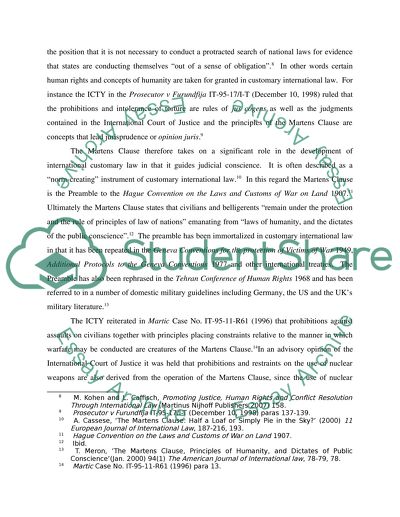Cite this document
(“Kupreskic et al., Trial Chamber, Judgment, 14 January 2000, Case no Research Paper - 1”, n.d.)
Retrieved from https://studentshare.org/miscellaneous/1570573-kupreskic-et-al-trial-chamber-judgment-14-january-2000-case-no-it-95-16-t
Retrieved from https://studentshare.org/miscellaneous/1570573-kupreskic-et-al-trial-chamber-judgment-14-january-2000-case-no-it-95-16-t
(Kupreskic Et al., Trial Chamber, Judgment, 14 January 2000, Case No Research Paper - 1)
https://studentshare.org/miscellaneous/1570573-kupreskic-et-al-trial-chamber-judgment-14-january-2000-case-no-it-95-16-t.
https://studentshare.org/miscellaneous/1570573-kupreskic-et-al-trial-chamber-judgment-14-january-2000-case-no-it-95-16-t.
“Kupreskic Et al., Trial Chamber, Judgment, 14 January 2000, Case No Research Paper - 1”, n.d. https://studentshare.org/miscellaneous/1570573-kupreskic-et-al-trial-chamber-judgment-14-january-2000-case-no-it-95-16-t.


